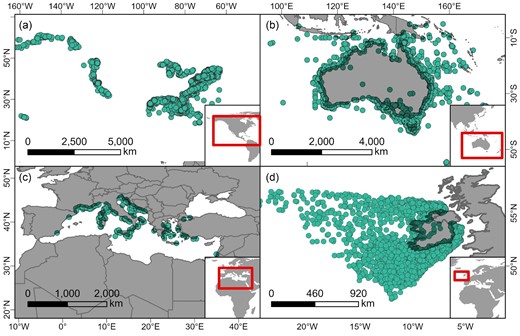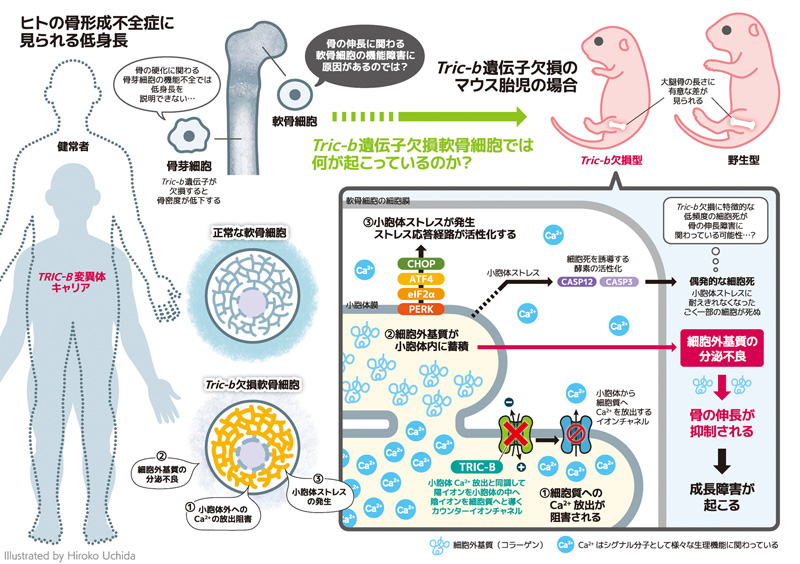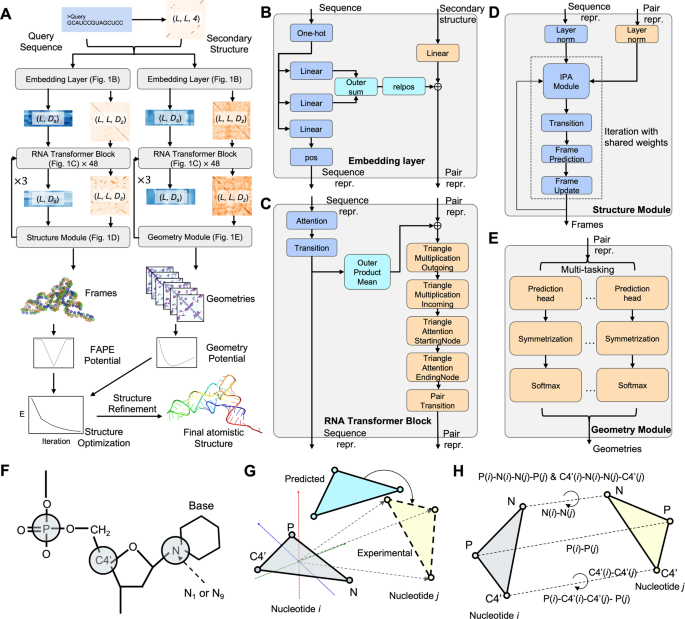2023-12-21 エディンバラ大学
◆研究チームは、科学的探査が可能な船舶のためのグローバルな生物文化遺産モニタリングネットワークの設立を提案し、高度な技術の感知的な使用により、これらの残骸が生態学的かつ文化的な資源として保護されるべきだと主張しています。
<関連情報>
- https://www.ed.ac.uk/news/2023/shipwrecks-offer-insights-into-subsea-ecology
- https://academic.oup.com/bioscience/advance-article/doi/10.1093/biosci/biad084/7479881
難破船の生態学:微生物から巨大動物まで、その機能とプロセスを理解する Shipwreck ecology: Understanding the function and processes from microbes to megafauna
Avery B Paxton, Christopher McGonigle, Melanie Damour, Georgia Holly, Alicia Caporaso, Peter B Campbell, Kirstin S Meyer-Kaiser, Leila J Hamdan, Calvin H Mires, J Christopher Taylor
BioScience Published:19 December 202
DOI:https://doi.org/10.1093/biosci/biad084

Abstract
An estimated three million shipwrecks exist worldwide and are recognized as cultural resources and foci of archaeological investigations. Shipwrecks also support ecological resources by providing underwater habitats that can be colonized by diverse organisms ranging from microbes to megafauna. In the present article, we review the emerging ecological subdiscipline of shipwreck ecology, which aims to understand ecological functions and processes that occur on shipwrecks. We synthesize how shipwrecks create habitat for biota across multiple trophic levels and then describe how fundamental ecological functions and processes, including succession, zonation, connectivity, energy flow, disturbance, and habitat degradation, manifest on shipwrecks. We highlight future directions in shipwreck ecology that are ripe for exploration, placing a particular emphasis on how shipwrecks may serve as experimental networks to address long-standing ecological questions.


